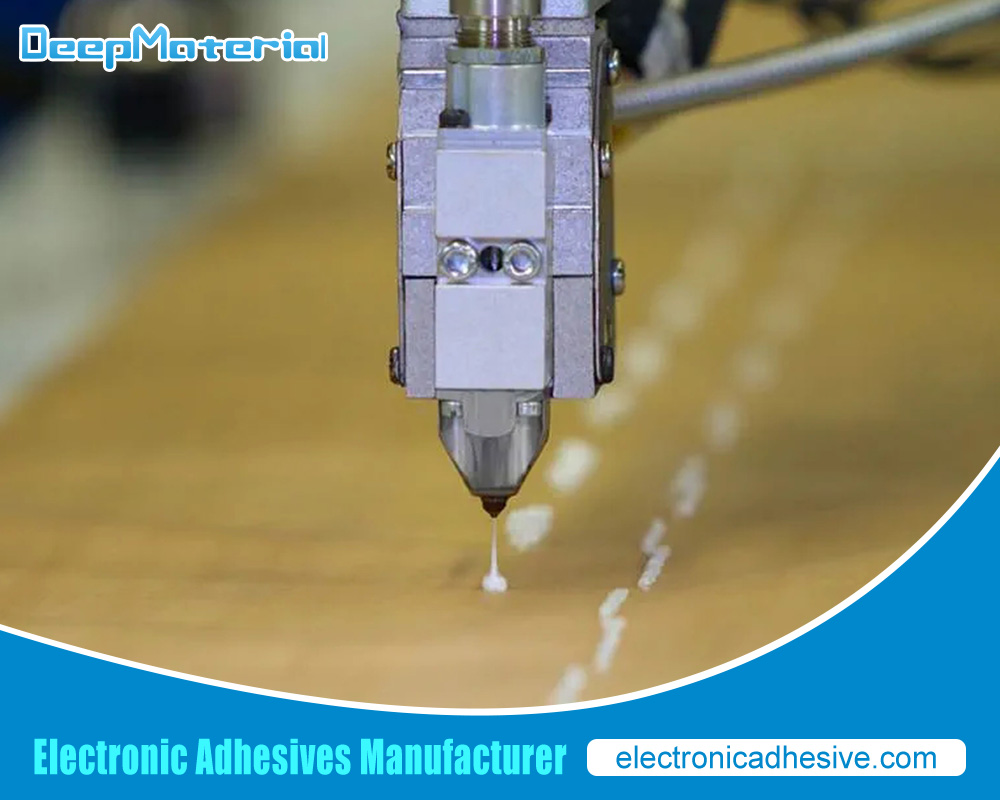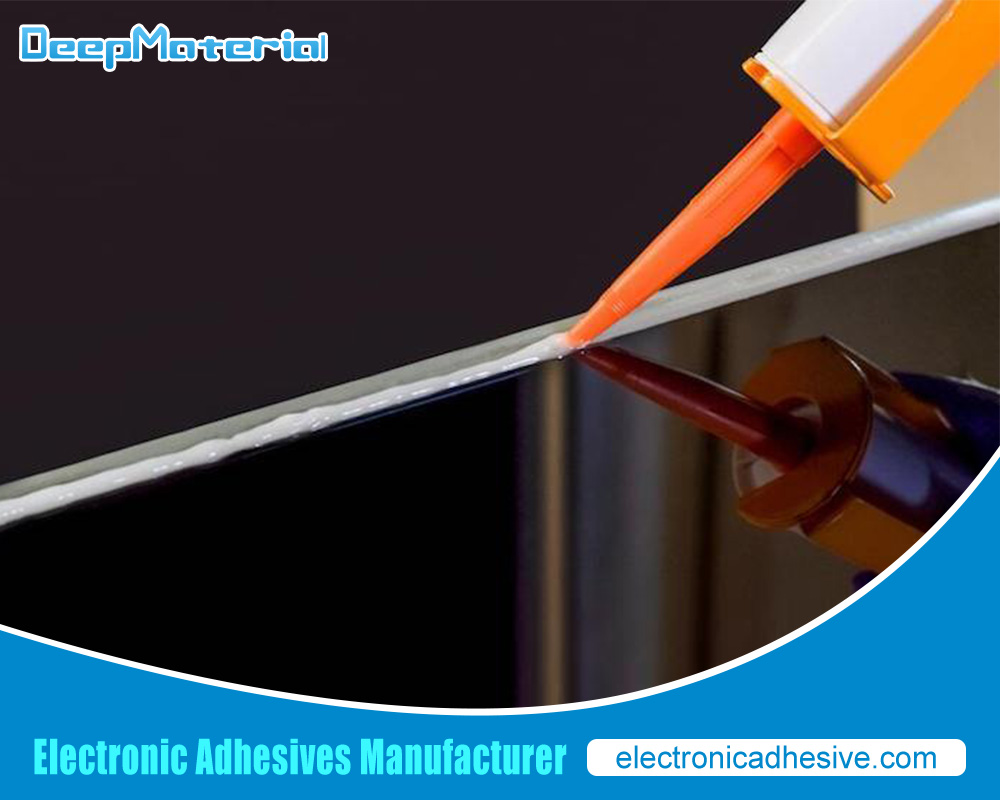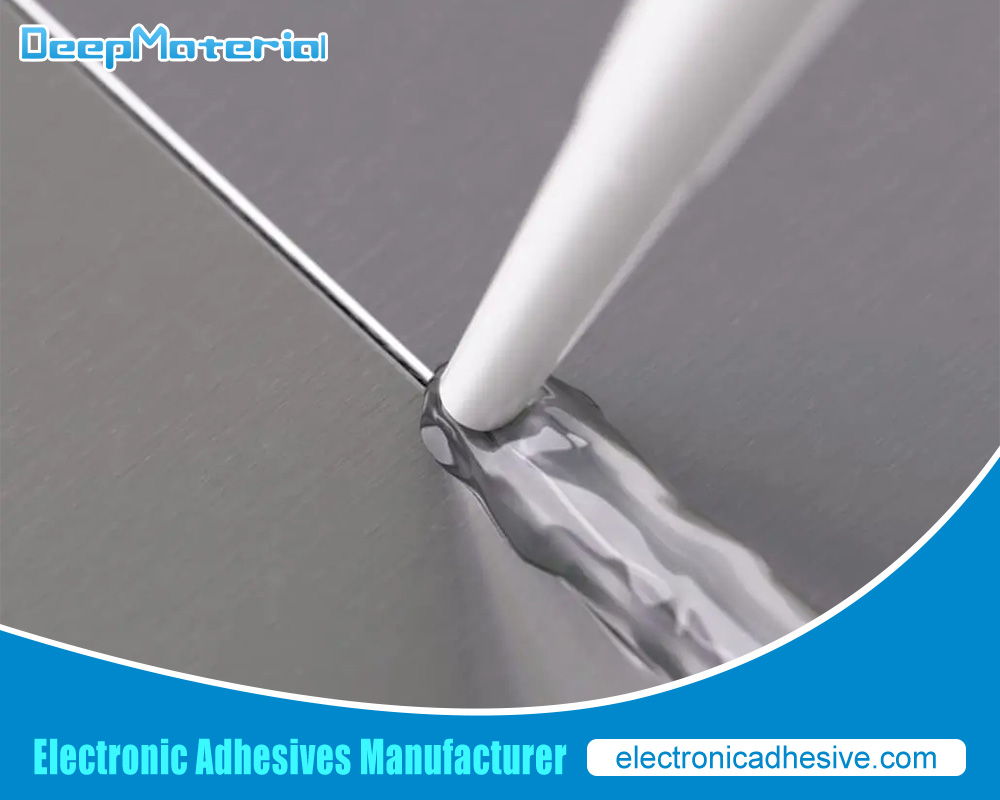What is The Strongest Adhesive Glue for Metal? Discover Their Advantages and Disadvantages
What is The Strongest Adhesive Glue for Metal? Discover Their Advantages and Disadvantages
When it comes to bonding metal surfaces, finding the strongest adhesive glue is crucial. Whether you’re tackling a DIY project or fixing metal objects, the right adhesive can greatly impact the strength and longevity of your repairs.
In this article, we’ll dive into some of the strongest adhesive glues for metal and discuss their pros and cons. From epoxy adhesives to cyanoacrylate glues, we’ve got the info you need to choose wisely for your metal bonding needs.
Epoxy Adhesive Glue
Epoxy adhesive is a go-to for bonding metal due to its robust strength and great chemical resistance. It’s made up of two parts: a resin and a hardener. You need to mix these before you start gluing. Once mixed, epoxy creates a strong bond that can handle heavy loads and tough environments.
The big win with epoxy is its super-strong bond. It can even end up stronger than the metal you’re gluing, giving you a very durable connection. Plus, it’s resistant to chemicals, which is perfect if your project will face harsh substances.
But, epoxy isn’t perfect. It takes its sweet time to cure—often several hours—which might slow you down. It’s also a bit tricky to use since you have to get the mixing ratio just right and prep your surfaces carefully.

Cyanoacrylate Adhesive Glue
Cyanoacrylate, often known as super glue, is known for its quick-setting capabilities. It’s great for small jobs or quick metal repairs. This glue comes in different thicknesses, so you can pick the right one for how you need to apply it.
The best thing about cyanoacrylate is how fast it works. It bonds metal in seconds, which is great when you’re in a hurry. It also forms a strong bond, making it reliable for sticking together metal parts.
However, cyanoacrylate isn’t without its downsides. It doesn’t do well with heat or chemicals, so it might not be the best choice for tough environments. Also, it can be pretty brittle once it sets, which isn’t ideal if your project needs to withstand impacts or bending.
Polyurethane Adhesive Glue
Polyurethane adhesive glue stands out for its impressive flexibility and resistance to impacts and vibrations. It’s a favorite in the construction industry where a little give is often necessary. You can find polyurethane glue in various formulas, which offer different curing times and strengths depending on your project needs.
The big plus of using polyurethane glue for metal is its ability to handle movement and vibration without weakening. This makes it a top choice for jobs that need to stand the test of time and tough conditions. It’s also great at soaking up shock, which helps prevent damage to whatever you’ve stuck together.
But, it’s not all smooth sailing. The downside is that polyurethane glue takes its time to set—often several hours—which might slow you down. Also, it might not give you the same super-strong bond as some other adhesives, so it’s not the best pick if you need a really stiff and sturdy join.
Acrylic Adhesive Glue
Acrylic adhesive glue is known for its stellar weather resistance and long-lasting durability. It’s often the go-to for outdoor projects or bonding metals that face harsh elements. Like its adhesive cousins, it comes in different formulas that tweak curing times and bond strengths.
A major advantage of acrylic glue is its ability to stand up to UV rays, moisture, and temperature changes without breaking a sweat. This makes it ideal for any outdoor fix-ups or constructions. It’s also resistant to chemicals, which can help prevent corrosion and other damaging reactions.
However, acrylic isn’t perfect. Its bond strength isn’t as high as other adhesives, which might be a dealbreaker if your project involves heavy loads or needs a really firm hold. Plus, depending on which type you use, it might also need a longer time to cure, which could test your patience.
Silicone Adhesive Glue
Silicone adhesive glue is a champion of high-heat situations and flexible applications. It’s perfect for jobs involving high temperatures or where metal surfaces expand and contract. You can pick from various silicone glue formulas to find one that suits your curing time and strength needs.
The standout feature of silicone glue is its ability to tolerate high temperatures without weakening or breaking down. This makes it ideal for any project that’s going to get hot or go through thermal cycling. It’s also flexible, accommodating movement and expansion in bonded metal parts without losing grip.
But silicone glue isn’t without its flaws. Its bond strength isn’t as robust as some alternatives, which might not cut it for heavy-duty or rigid applications. Plus, like many specialized glues, it might need more time to cure, which means waiting longer to see the results of your hard work.
Anaerobic Adhesive Glue
Anaerobic adhesive glue is the kind that only sets when air takes a hike. It’s really handy for bonding metal parts that fit snugly or for sealing threads. You can find anaerobic glues in various formulas, which means you can pick one based on how quickly you need it to set and how strong you need the bond to be.
A big plus of using anaerobic adhesive for metal is its knack for filling gaps. It seeps into the tiniest spaces between metal pieces, creating a tight and solid connection. Plus, it’s great at resisting vibrations and doesn’t loosen easily, which is perfect if your project involves parts that move or spin.
However, it’s not without its quirks. The main hiccup with anaerobic adhesive is that it needs to be starved of air to work its magic, so it’s not ideal for jobs where you can’t completely seal off air. Also, it might not be the Hercules of adhesives when it comes to bond strength, which could be a letdown for projects needing a super sturdy fix.
UV-Curable Adhesive Glue
UV-curable adhesive glue is like a superhero that springs into action under ultraviolet light. It’s a go-to for tasks needing a fast fix and a strong hold. This type of glue also comes in different formulas, letting you choose based on your curing time and bond strength needs.
One of the standout features of UV-curable glue is its lightning-fast curing time. Zap it with UV light, and it bonds metal surfaces in seconds—great for quick assemblies or emergency repairs. It also promises a robust bond, ensuring a dependable hold between metal parts.
But, it’s not all sunshine and rainbows. The catch with UV-curable glue is that it must have UV light to cure. If you’re working somewhere light can’t reach, this glue won’t be much help. Plus, despite its strengths, it might not always match the bond strength of some heavier-duty adhesives, which could be a drawback for more demanding applications.

Conclusion
Wrapping up, there’s a whole arsenal of strong adhesives out there for bonding metal, each with its own set of pros and cons. Epoxy adhesives are tough and long-lasting but can be a bit of a hassle to mix and apply. Cyanoacrylate glues are super quick and easy to use but might not hold up for heavyweight jobs. Polyurethane adhesives excel in flexibility and moisture resistance but tend to take their time curing. Ultimately, picking the right adhesive for metal depends on what your specific job demands and the features you value most.
For more about the Advantages and Disadvantages of the strongest adhesive glue for metal, you can pay a visit to DeepMaterial at https://www.electronicadhesive.com/ for more info.











